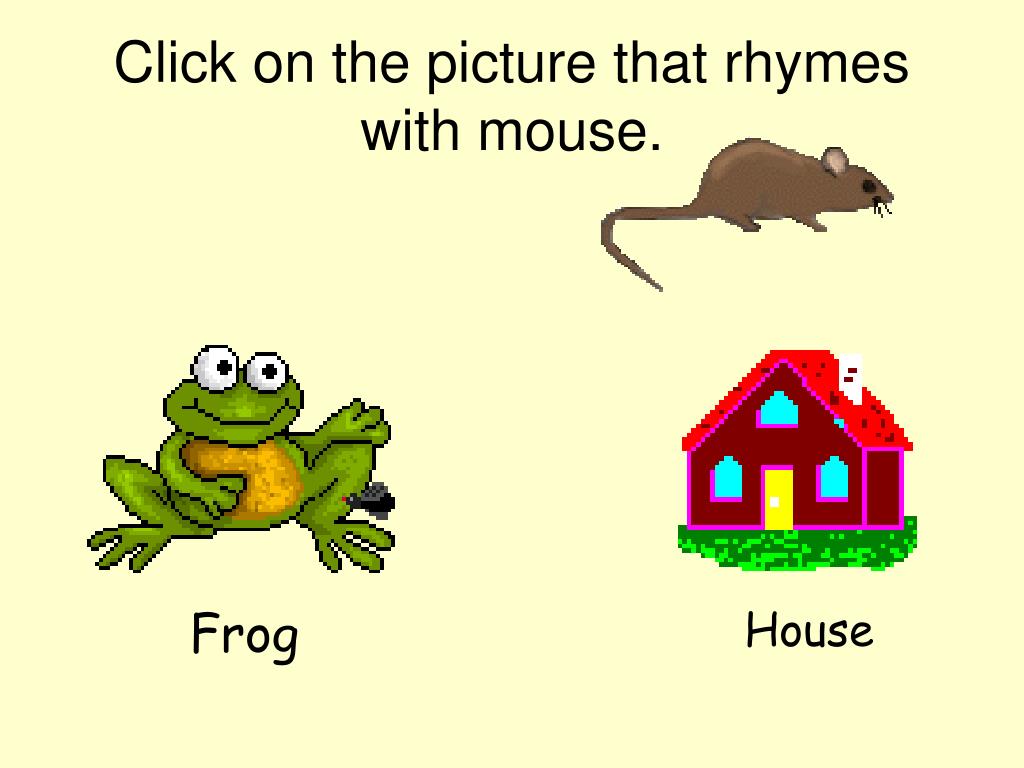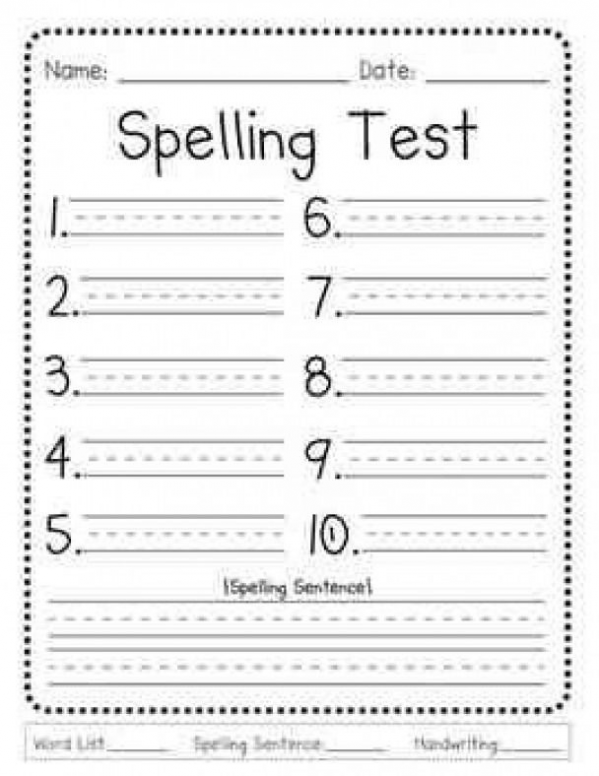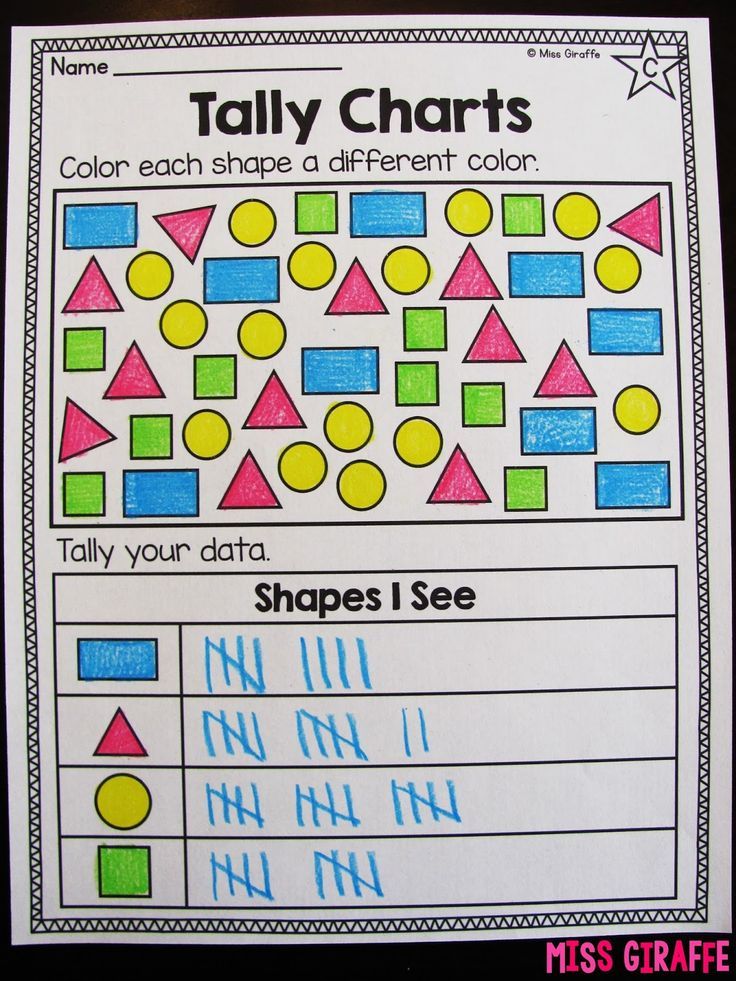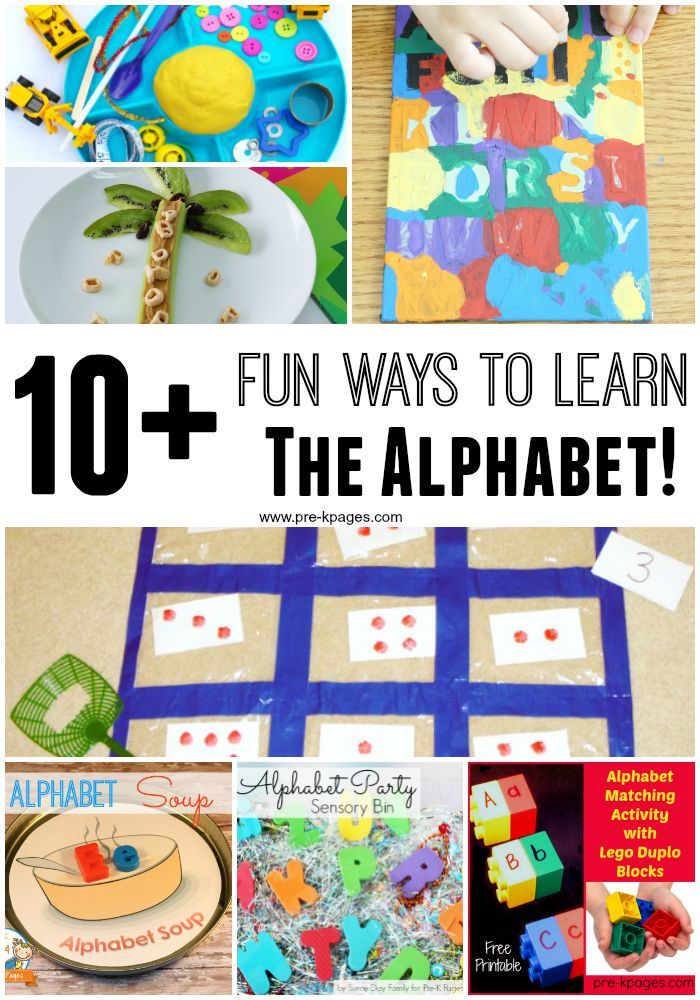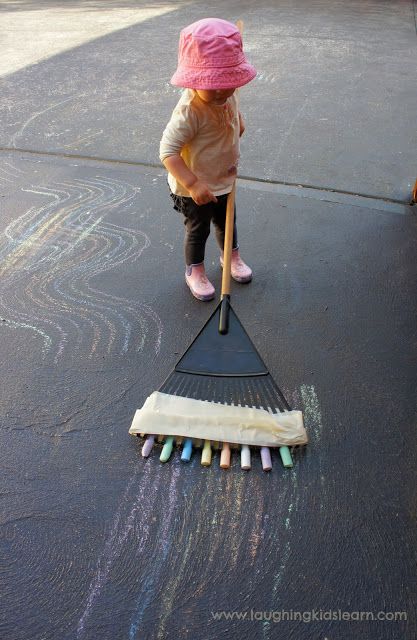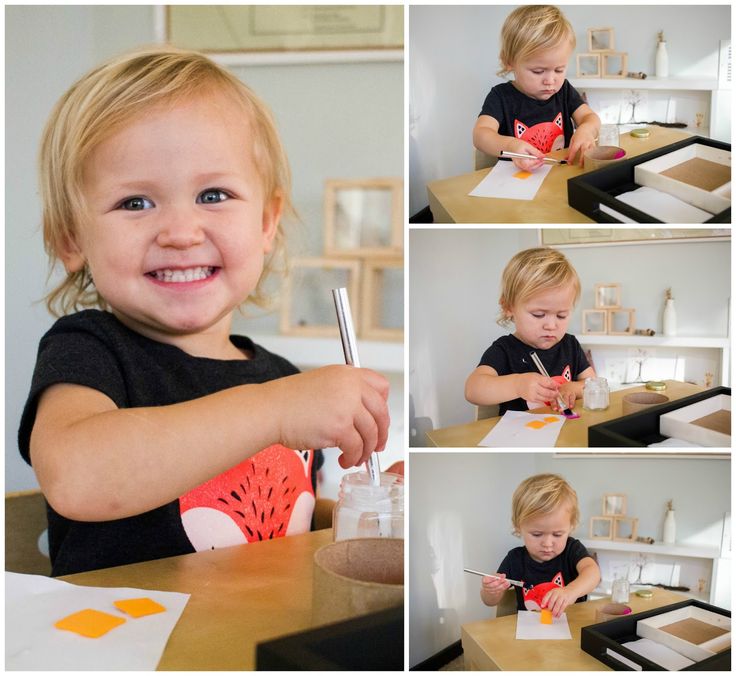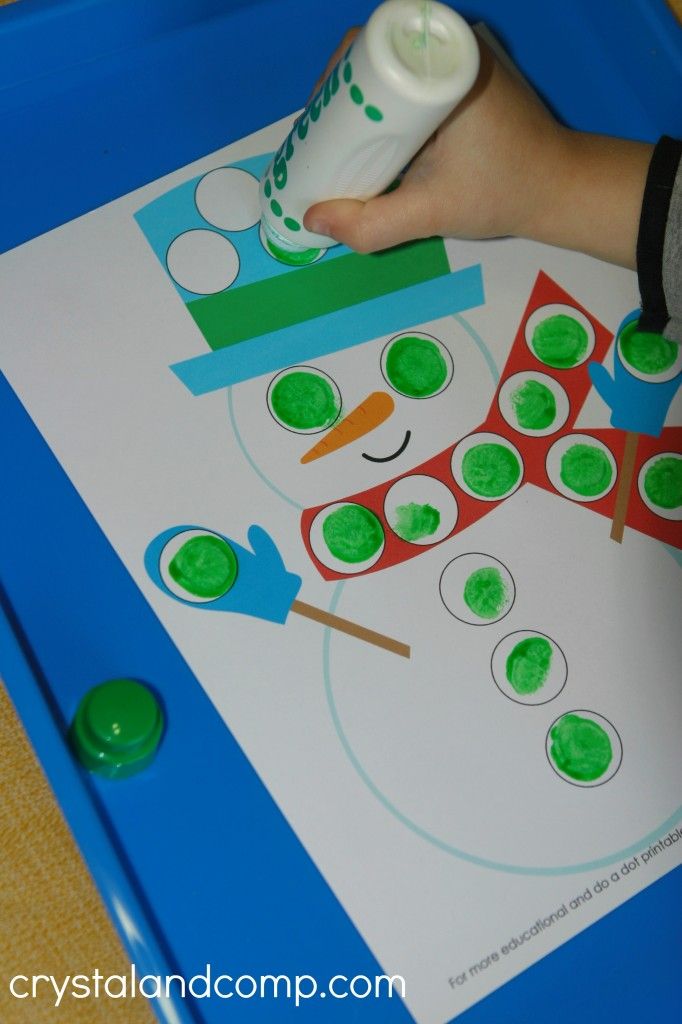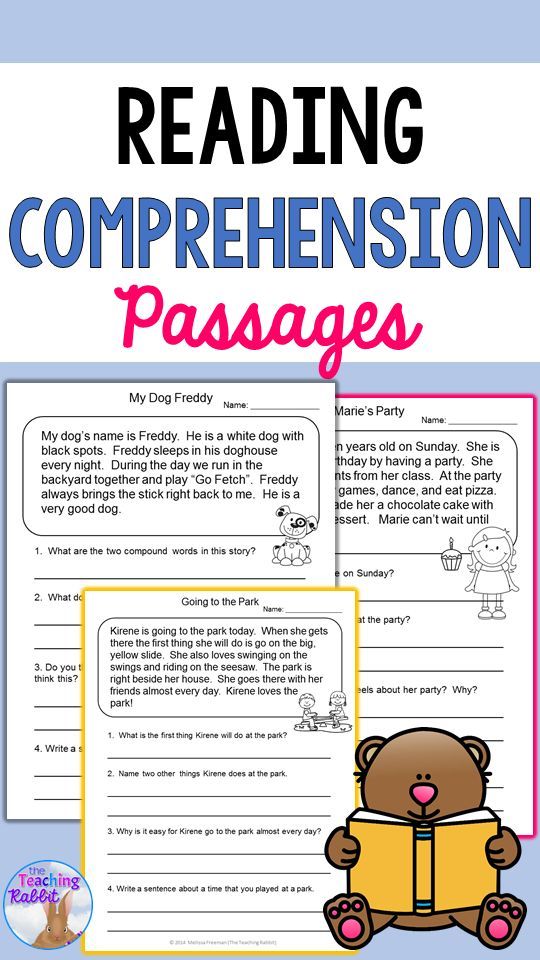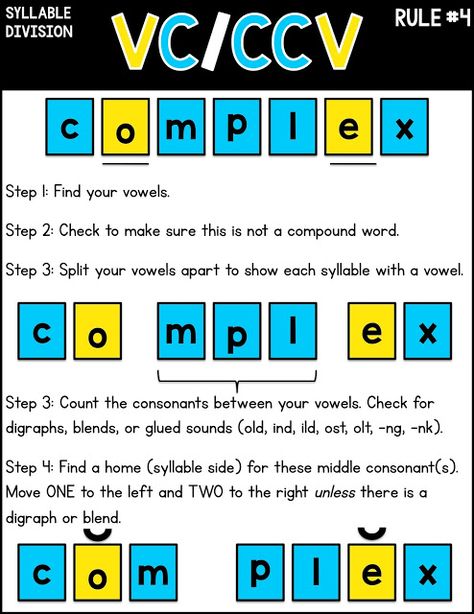Colour learning activities for toddlers
Learning About Colours: 31 Activities for Preschoolers
- Share
Colour identification is an important part of a child’s development. Here are 31 learning about colours activities your kids will love.
They are great for teaching colours to toddlers and preschoolers, and many are still suitable for kindergarten kids.
Why Is It Important to Learn Colours?
Learning the colours is a milestone in early childhood and represents a child’s cognitive understanding.
Exposing children to and teaching them about the colours develops their visual perception – which is the ability of the brain to correctly interpret what the eyes see. This is an important pre-reading skill.
How Do I Teach My Child Colours?
Colours are a part of daily life and are all around us. The best way for children to learn them is to experience them and play with them.
The concept of colours can’t be taught in one sitting and kids need lots of experiences to learn them.
Make use of everyday opportunities to talk about colour and to point it out in the environment. Ask your child to pass you the pink bunny and the blue hat. Point out that he is drawing with the purple crayon.
Try not to default to worksheets at too young an age – there are many more meaningful ways to teach colour in a way that will imprint in children’s memories.
Colour games and activities are a great way for kids to learn the colours as they are hands-on, interactive and fun.
Colour Activities for Preschoolers and Toddlers
Here are a few ideas to try at home or at school.
1. I Spy With My Little Eye
Play a game of I Spy With My Little Eye. Identify objects by colour and add in more details for clues:
“I spy with my little eye something blue that you wear on your head.”
2. Colour Collage
Make a colour collage by using paper tearings in only one colour. For young toddlers provide the paper tearings, but let older kids find and tear the colour in a magazine or set of coloured papers.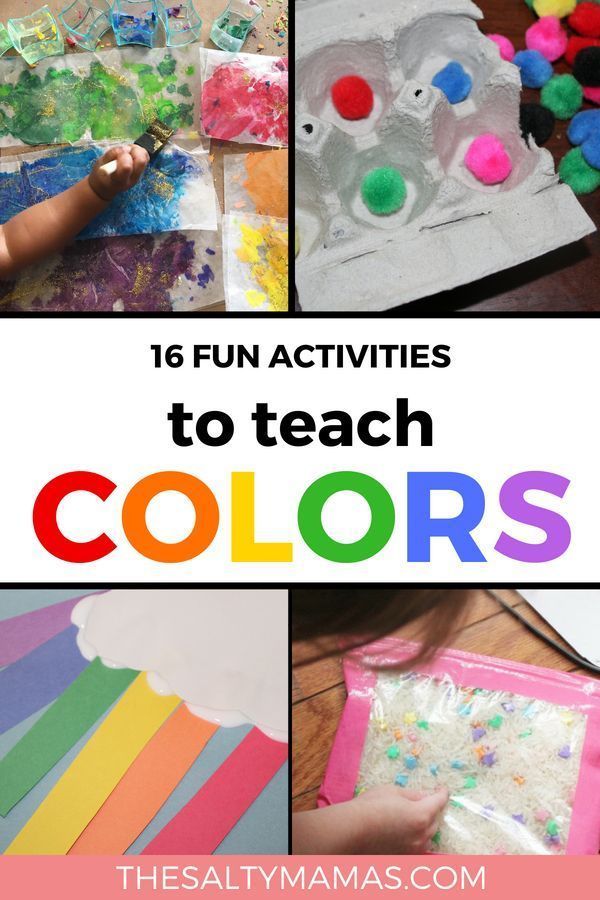
Use different collage materials for this, not just paper.
3. Sorting and Grouping
Teach kids to see the differences in colours by doing sorting activities.
Sort beads, buttons, blocks or coloured counters into separate baskets, containers or egg boxes.
4. Matching Cards
Play a classic memory game of matching the pairs of cards, using only plain-coloured cards. They are easy to make – you just need two of every colour.
Get your own memory game cards by downloading the FREE set of printables at the end of the post.
5. Park the Cars
Play with cars in various colours and make little parking garages out of boxes or paper. You could even draw them on the paving with chalk.
Make each parking spot a different colour and get kids to park the car in the corresponding colour.
6. Object Sort
Do a colour sort with mixed objects. Collect household objects and toys that have one distinct colour and sort them into groups, according to their colours.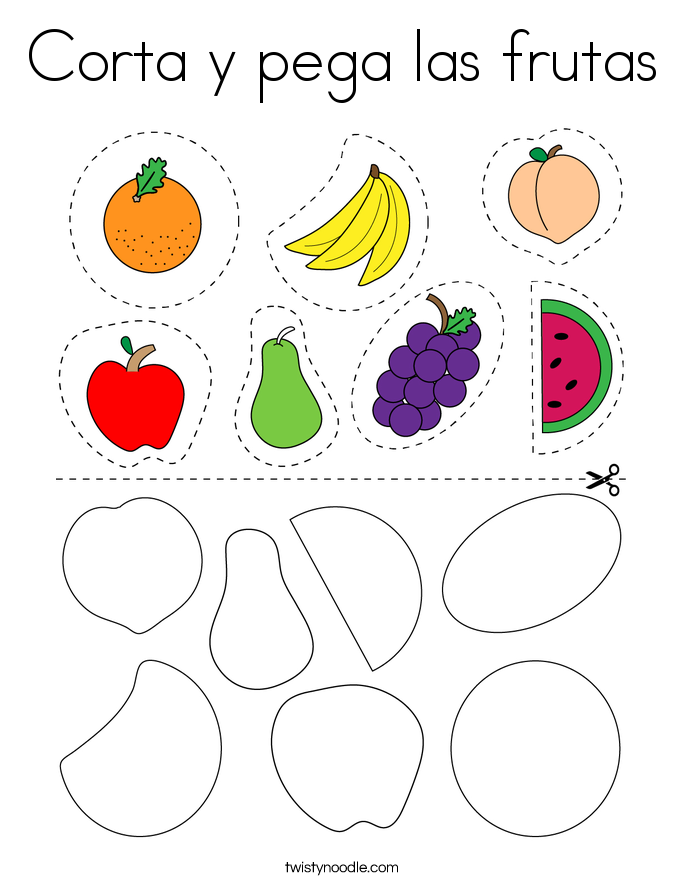
7. Label the Environment
Make small coloured labels with the name of the colour written on them and place these in familiar environments like a classroom or bedroom, labelling the most common items and spaces.
8. Bean Bag Toss
Incorporate movement into learning by playing with bean bags. Throw different coloured beanbags randomly at kids and as they try to catch them, they must shout out the colour before they touch them.
9. Colour Hunt
Go on an indoor or outdoor colour hunt. Give kids a basket and allocate a different colour to each. They must go in search of items of that colour and place them in their basket.
10. Listen and Draw Picture
‘Listen and draw’ pictures are great not only for developing listening skills but also for teaching concepts such as shape and colour.
Tell kids to:
- Draw a green hill
- Draw a black sheep standing on the green hill
- Draw a blue flower at the foot of the hill
- etc.

Here are some examples of following directions drawing activities.
11. Car Games
Play games in the car to keep kids entertained and learning at the same time. Pick a colour and count how many cars of that colour go past you.
Make a challenge such as seeing if you can reach 20 yellow cars before you get to your destination.
12. Colour Plates
Using a white paper plate and some coloured pegs, draw or paint strokes of the colours around the edges of the plate. Get kids to place the pegs onto the corresponding sections of colour.
You could even make a pattern, such as blue-yellow-yellow-blue-yellow-yellow.
13. Picture Hunt
Do a picture hunt using a magazine or any children’s books. Challenge kids to find images in their books of various colours.
For example, point out all the green items you can in this Dr Seuss book, or cut out all the blue items from this magazine.
14. Tissue Paper Tearing
Tearing is an important fine motor activity.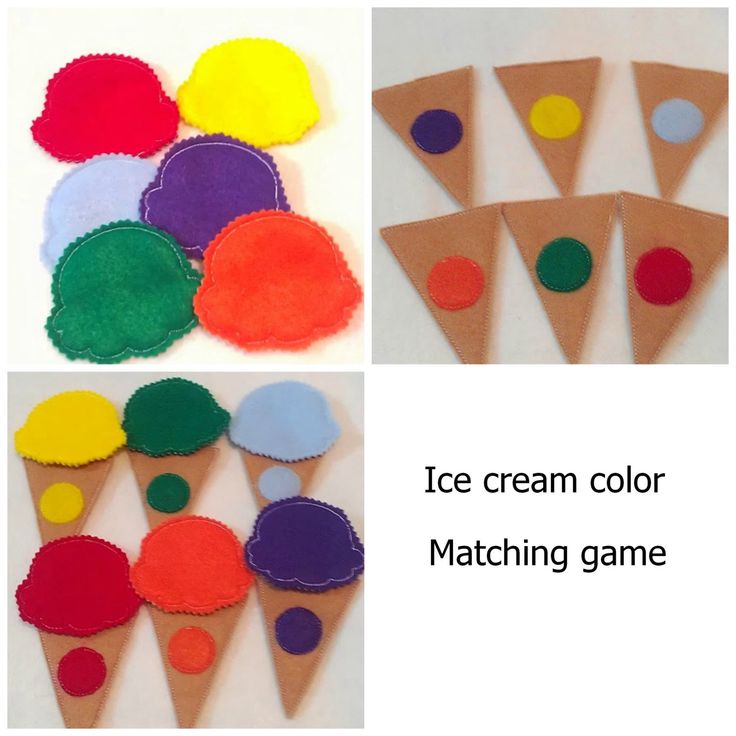
Provide tissue paper in a few colours and get kids to tear it up and create a picture with the tearings and some glue.
15. Colour Mixing
For a colour mixing activity, provide the three primary colours – red, yellow and blue – and mix them together to see the following combinations:
- Red and yellow make orange
- Blue and yellow make green
- Red and blue make purple
Introduce kids to the concept of shades of colours by adding white or black to make them lighter or darker.
16. Matching Socks
Luckily for parents, all kinds of domestic chores provide great learning opportunities. Give your kids the pile of socks to match according to colours and patterns.
17. Sort the Laundry Basket
Don’t stop there. As you fold the laundry, ask your child to sort all the unfolded laundry into piles by colour.
18. Fruit and Veg Sort
Had a trip to the market? Get your kids to categorize the fruit and vegetables by colour.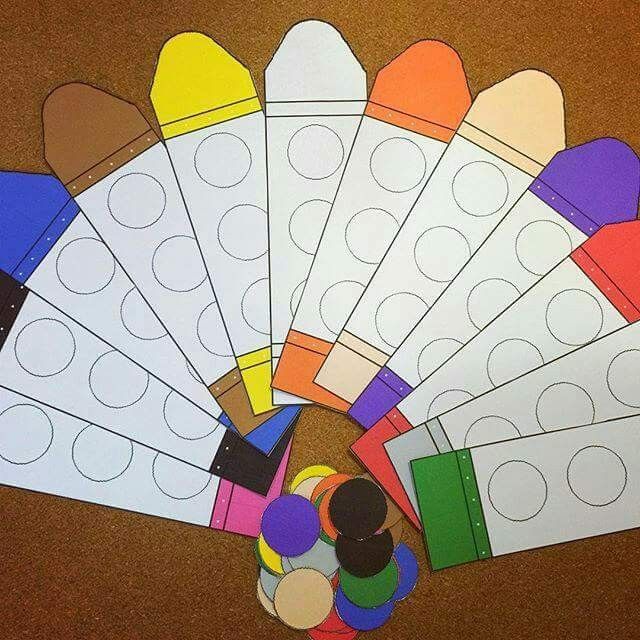
While you are cooking, involve your kids with requests such as “please fetch me three orange carrots and that packet of green baby marrows.”
19. Songs about Colours
Sing songs about the colours. Here are lots of fun rainbow songs to teach your kids.
This post contains affiliate links for educational products that I personally recommend. If you purchase through one of them, I earn a commission at no extra cost to you. Read the terms and conditions for more details.
20. Books about Colours
Read your kids books about colours or simply read colourful books and discuss the colours of the characters or objects.
Books such as Brown Bear, Brown Bear, What Do You See and Dog’s Colorful Day are a hit with toddlers.
21. Colour Bracelet
Make a fun colour bracelet with cereal loops or macaroni dyed with food colouring. Make it all one colour or make a pattern with two or three colours.
22. Colour Patterns
Teach kids to follow patterns by drawing or building colour patterns with objects such as blocks, beads or counters.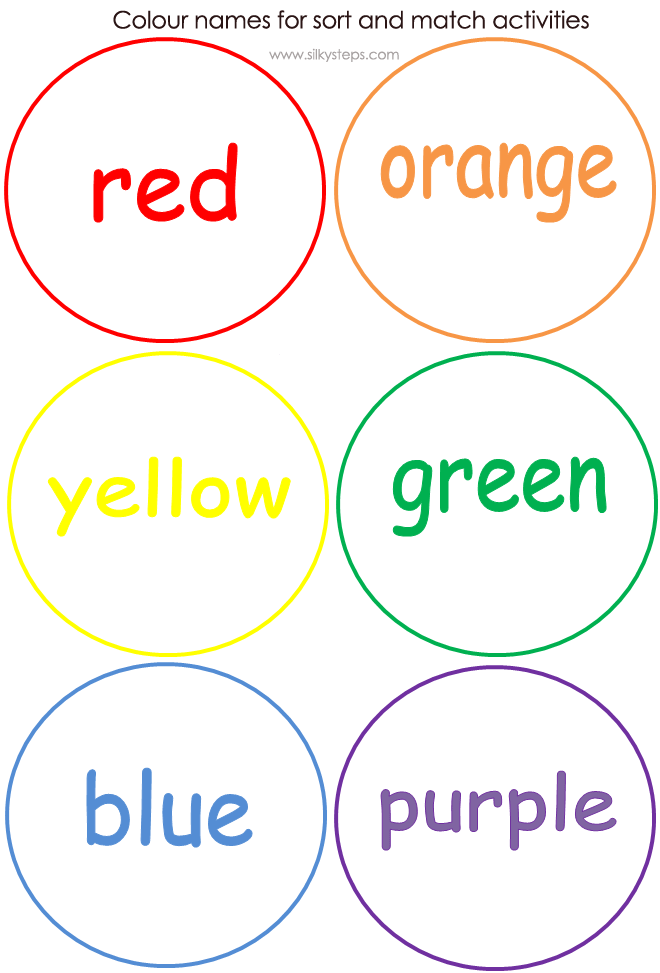
For younger kids, use only two colours in a pattern and increase it for older kids.
23. Light Table
Place transparent coloured objects or materials such as plastic or cellophane onto a light table and let kids experiment with them and explore the properties of colour.
24. Sensory Stations
This can be a great way to incorporate colour into sensory play. Set up stations with coloured rice, coloured materials or use some of these sensory station ideas.
25. Bathtub Fun
Bring colour into bathtub fun by dropping in ice blocks (coloured with food colouring), watching coloured bath fizz balls disintegrate or letting kids draw with bath crayons (like these).
26. Coloured Playdough
Let kids play with playdough in various colours. They can also mix the playdough colours together or mix food colouring to make a new colour when making a batch of homemade playdough.
27. Finger Painting
Finger painting is a fun sensory activity for kids that teaches how colours mix together.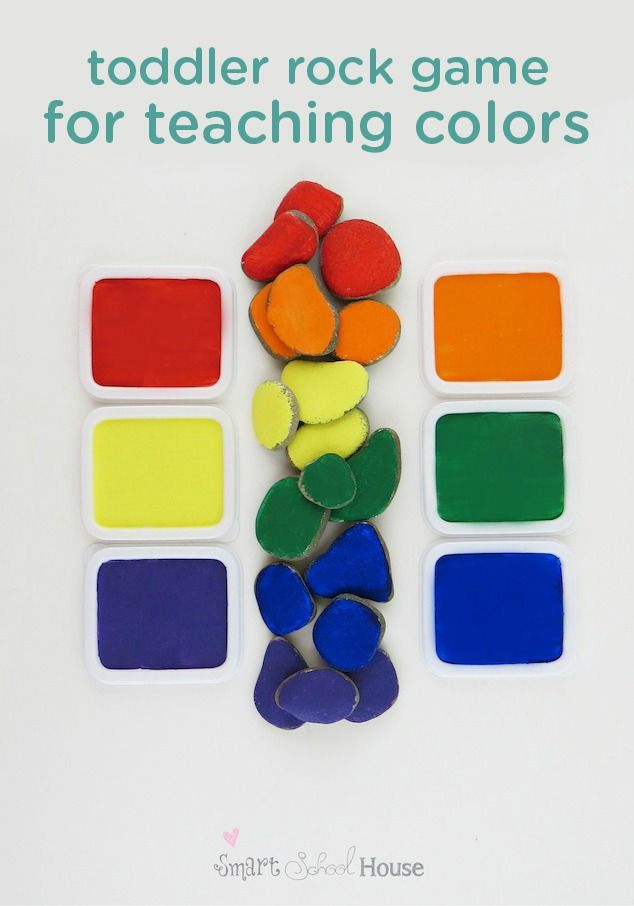 While mixing the paints on the page, they naturally mix together, revealing new colours.
While mixing the paints on the page, they naturally mix together, revealing new colours.
Be deliberate and only offer two colour paints so kids can see the colours mixing.
28. Pass the Parcel
Play a game of Pass the Parcel, wrapping each layer in a different colour of gift wrap or tissue paper. As each layer is removed, the child unwrapping it must name the colour.
29. Categories Game
The categories game is a fun circle game and you can use it to teach any concept.
Pick a colour and go around the circle, naming things that are typically of that colour. Each child must add one item to the list, without repeating any.
Or, try another variation with older kids and do a round of naming colours. Kids will start with the easier colours and then need to remember less common colours such as peach, magenta, maroon, etc.
30. Broken Telephone
Play a round of the Telephone Game by using colours as the phrases to whisper. Use phrases such as light blue, violet and deep red to make it more challenging.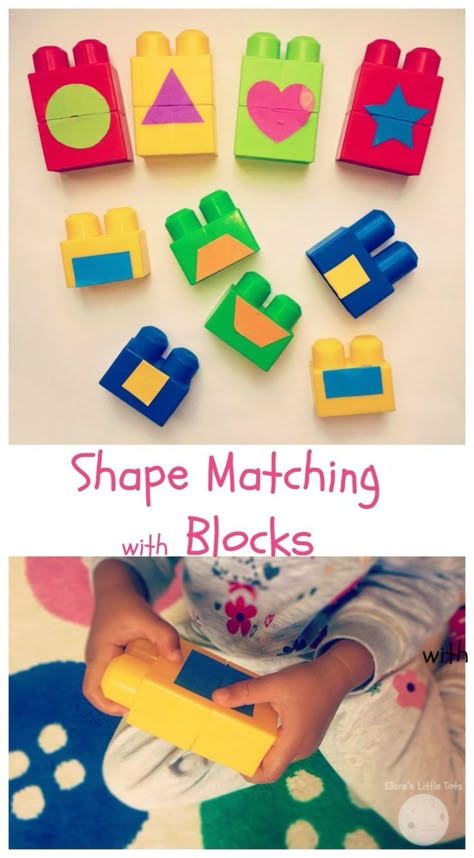
31. Make a Rainbow
How about a little science experiment? Teach children about light by making your own rainbow.
Get FREE access to Printable Puzzles, Stories, Activity Packs and more!
Join Empowered Parents + and you’ll receive a downloadable set of printable puzzles, games and short stories, as well as the Learning Through Play Activity Pack which includes an entire year of activities for 3 to 6-year-olds.
Access is free forever.
Signing up for a free Grow account is fast and easy and will allow you to bookmark articles to read later, on this website as well as many websites worldwide that use Grow.
- Share
Color Activities For Toddlers - play based color activities
Why not share this post!
1.5K shares
- Share24
- Tweet
Are you looking for easy crafts for toddlers? Colors, Colors, Colors! Teaching toddlers about colors is such a fun topic and one that you are really doing everyday. Every time you point out the red car or ask your child to put on their blue jacket they are learning about colors. While you don't really need to 'teach' your toddler colors, it's still a lot of fun to have some color activities for toddlers to enjoy.
Every time you point out the red car or ask your child to put on their blue jacket they are learning about colors. While you don't really need to 'teach' your toddler colors, it's still a lot of fun to have some color activities for toddlers to enjoy.
As I mentioned above, colors are something that children will learn through everyday activities. When you point out the colors of the traffic lights, you ask them to get their blue cup or you discuss the color of the sky.
While incidental learning of colors is great, it's also a topic that's heaps of fun to explore. This collection of color activities for toddlers is perfect if you're looking for a play based way to teach your toddler about colors.
As with every topic I love to ensure we are reading related books and we have put together some great toddler books about colors.
There are also some great toys that are perfect for learning about colors and the ones I really love are:
Now to get started with the fun toddler color activities! There are heaps of them to choose from
Color Activities to Teach Toddlers about Colors
Printable Color Matching Cards
These printable color matching cards are a great resource to print out (and they're free) - there are so many different ways to play with them.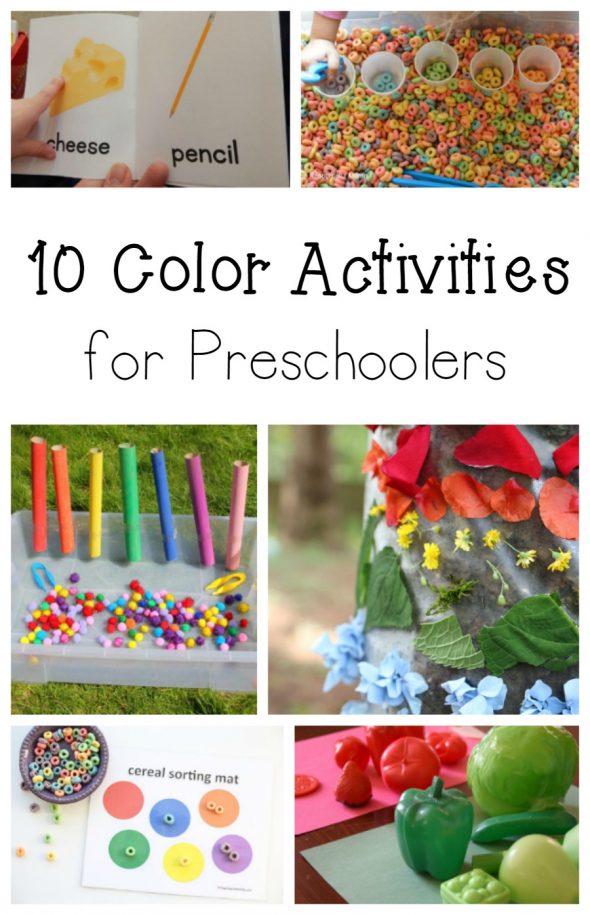 Get yours HERE.
Get yours HERE.
Color Matching with Cotton Tips & Egg Cartons
This is an easy color matching activity using simple items from around the house.
Color Scavenger Hunt
This is a great easy toddler activity idea - no resources required. Give them a bucket/container/bag and have them hunt for colors around the house.
Color Matching Lucky Dip
This activity involves matching the colored pop sticks under the corresponding colored pieces of felt. See the full activity here.
Color Changing Water Play
If it's warm weather then this is always a hit - super easy to set up too.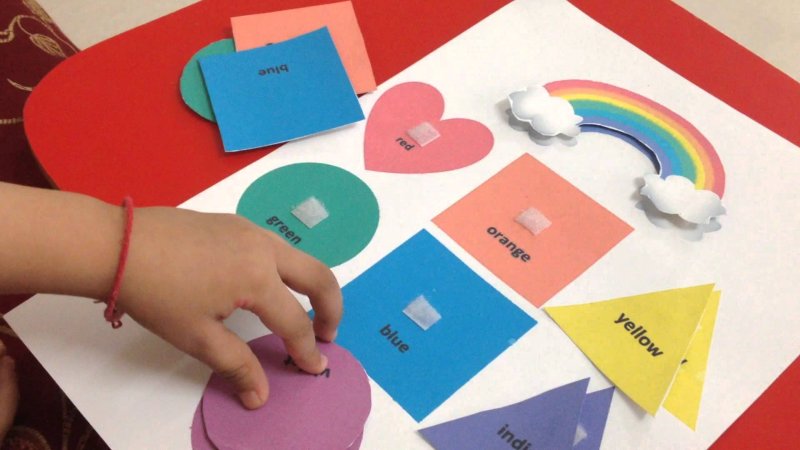 See how we set up our color changing water play here.
See how we set up our color changing water play here.
Color Matching Pom Poms
Another simple color matching idea using inexpensive and upcycled items. See how to set it up here.
Flower Color Matching
A nice spring or summer color matching idea. See the full activity here.
Easter Egg Color Sorting
This is a great way to use those plastic eggs that you always end up with after Easter.
Fizzing Colors Sensory Bin
This is one of my favorite activities - so much fun. It's sensory, it's about colors and there's some science in there too! See how to set up your fizzing colors sensory bin here.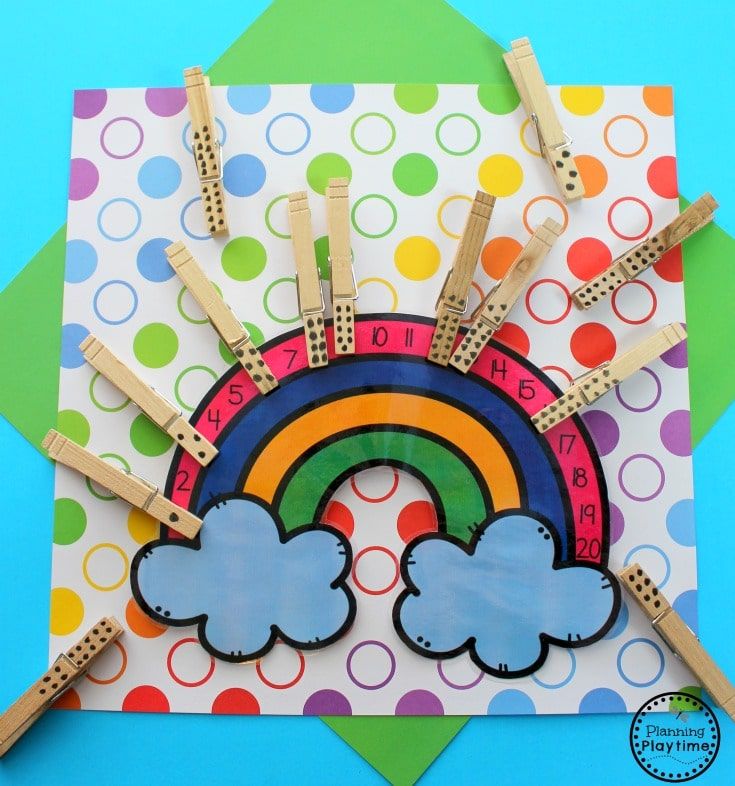
Colored Pasta Sensory Bin
If you've never colored pasta, it's actually easier than you think. The best part is that it lasts such a long time (store it in an air tight container or bag) and you get hours of play out of it. See how to color your own pasta here.
Block Scooping
This fun water play idea can easily add some color learning too. By talking about the colors of the blocks, asking them to find the yellow block etc. See the full activity here.
Rainbow Rice Sensory Bin
If you've never made rainbow rice why not try now. See how easy it is to make here.
Do-a-dot rainbow
We love do-a-dots and this rainbow themed one is perfect for talking about colors.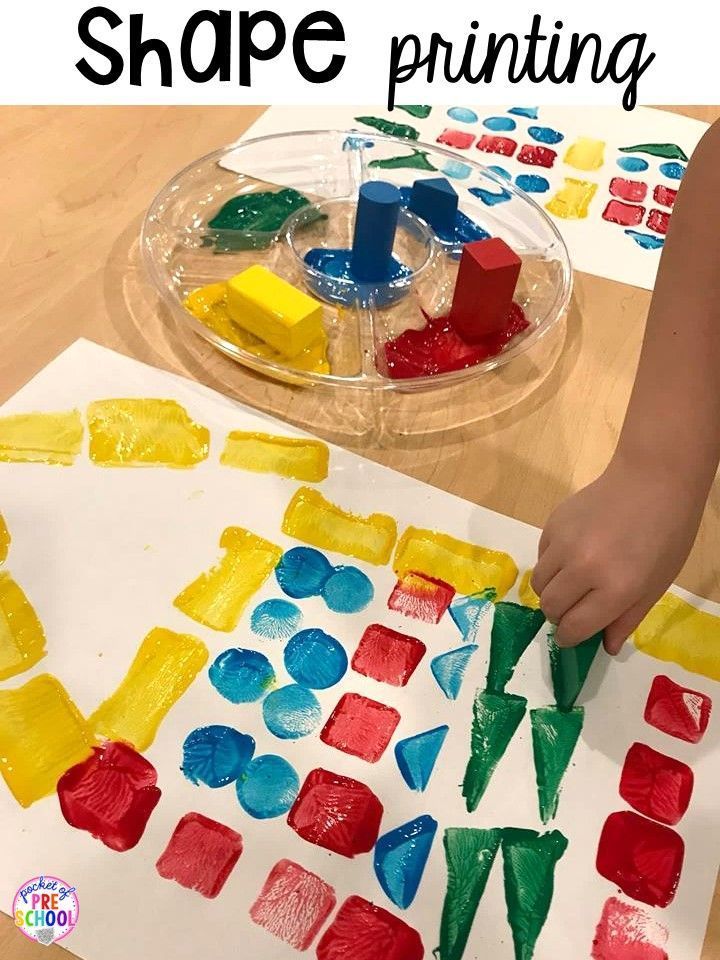 Get your free printable rainbow here.
Get your free printable rainbow here.
Craft Stick Rainbow
Continue the rainbow theme with this fun rainbow craft idea.
Colored Shaving Cream Sensory Bin
A quick and easy sensory bin idea - always made better with the addition of some color!
Color Matching with Match Sticks
Even more color activity ideas:
Mess Free Color Mixing - Mama Smiles
Touch and Feel Color Boards - Teach Me Mommy
Rainbow Painting
Colorful Fizzing Sidewalk Paint - Apple Green Cottage
Color Sorting Fish Sensory Bin - Teaching 2 and 3 year olds
I hope you enjoyed these color activities as much as my toddlers did.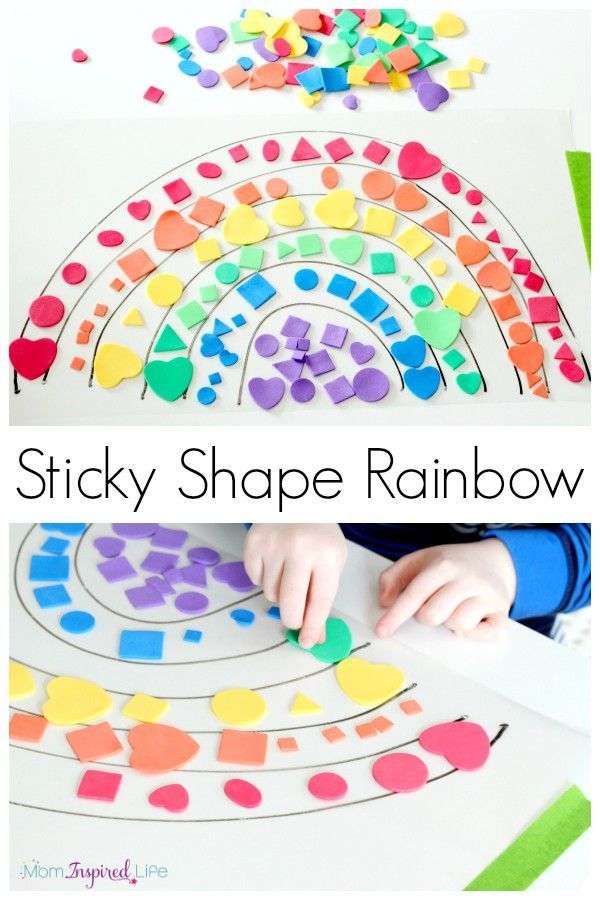 If you have any photos of your child doing these activities I'd love for you to share them in our Facebook Group or on Instagram (use #MyBoredToddler)
If you have any photos of your child doing these activities I'd love for you to share them in our Facebook Group or on Instagram (use #MyBoredToddler)
Some more toddler activities that you might enjoy are:
Color Books for Toddlers
ABC Activities for Toddlers
Counting Activities for Toddlers
Learning colors: how to teach a child to distinguish colors and shades
It is generally accepted that by the age of three a child should learn to distinguish between primary colors. This skill is an important part of sensory development, it gives the child the opportunity to see the world in a new way. Often, if the baby does not know or confuse colors, parents have concerns about the pace of development of the child.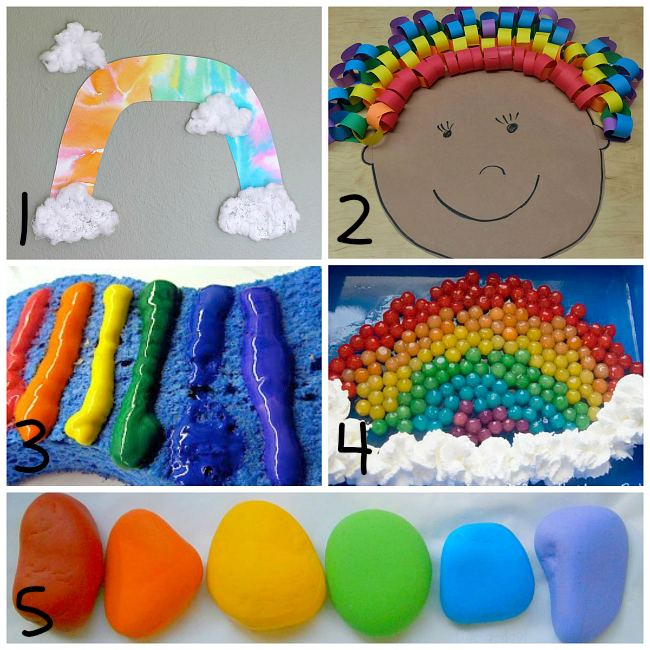 Do I need to worry if the study of colors is not easy for a child? How to teach a child to distinguish colors? You will find answers to these questions in our article.
Do I need to worry if the study of colors is not easy for a child? How to teach a child to distinguish colors? You will find answers to these questions in our article.
At what age does a child begin to see colors?
Studies have shown that children begin to perceive colors by 2-3 months. The first colors a child sees are yellow, orange, red, green. At this age, babies can already react differently to their toys of different colors (for example, a red rattle can please a child more than a blue one), look at bright pictures with enthusiasm. The baby's world quickly acquires colors, but if we talk about the ability to consciously find an object of the right color, then usually it appears in children at the age of one and a half. It is at this age that it is optimal to start learning colors in a playful way. You can voice the names of flowers to a child for up to a year, this will only benefit him. But do not demand too much from the baby, remember that his brain is actively developing, and as soon as the time comes, you will certainly see the results.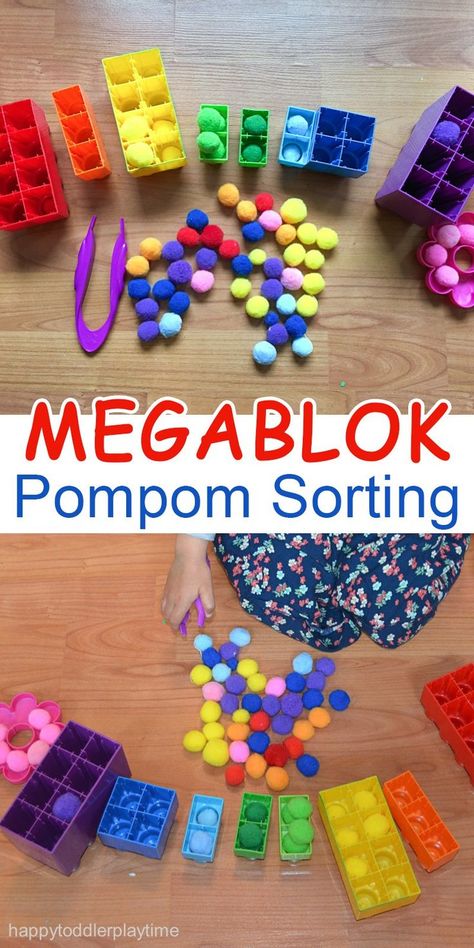
To see if your child is ready to learn colors by playing with building blocks, ask your child to point to a part that is the same color as yours. If the baby can find objects of the same color, then he is quite ready to memorize the names of colors.
Learning colors in everyday life
Children get most of their knowledge about the world in everyday life: communicating with adults and peers, observing nature, playing. The study of flowers is no exception. Sometimes a child does not need to do special exercises to learn to recognize colors. For this, it is enough that he hears the name of the color and associates it with a specific thing. During daily activities, voice for the child what color the objects are around. Whether you are drawing, playing with blocks, looking at cars in the yard, reading, swimming, eating, dressing - in each of these situations, you can gently teach your child to distinguish colors.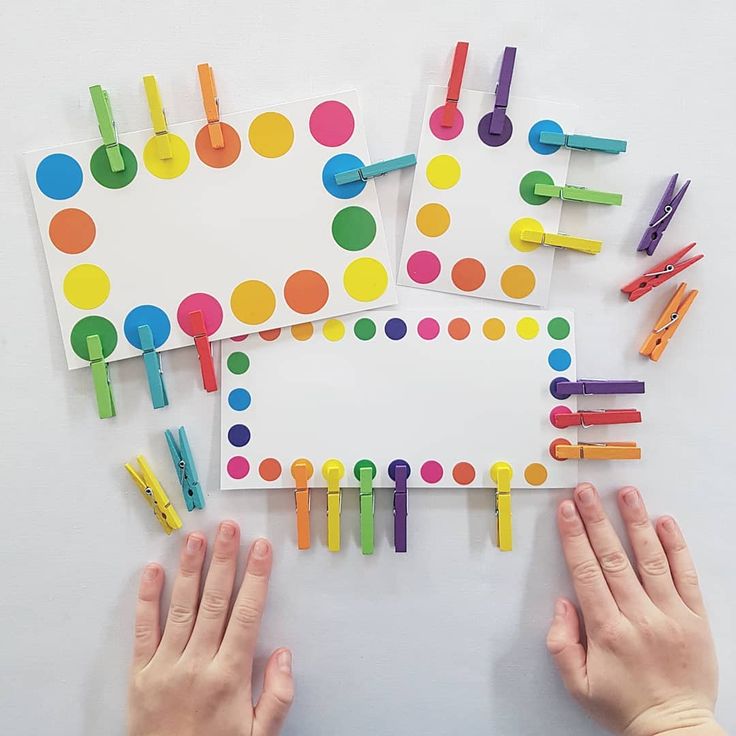
It is important that the study of colors does not turn into torture. You should not constantly test the child's knowledge by asking him which color is which. Soon the baby may just start to ignore you. “Let's paint the sun yellow!”, “What a delicious green cucumber!”, “Oh, where did the blue cube go? Here he is!" are examples of how you can gently help your child remember colors.
Games for learning colors and their shades
In order to get your baby interested in learning colors or to reinforce the knowledge they already have, you can offer your child to play special “color” games.
Color Sorting
Sorting games are designed to help children learn to group objects by color. Any materials at hand can be items for sorting: toys, covers, designer parts, cubes, buttons, cereals, pencils, etc. You can organize the game in various ways:
You can come up with as many options for sorting by color, it all depends on your imagination.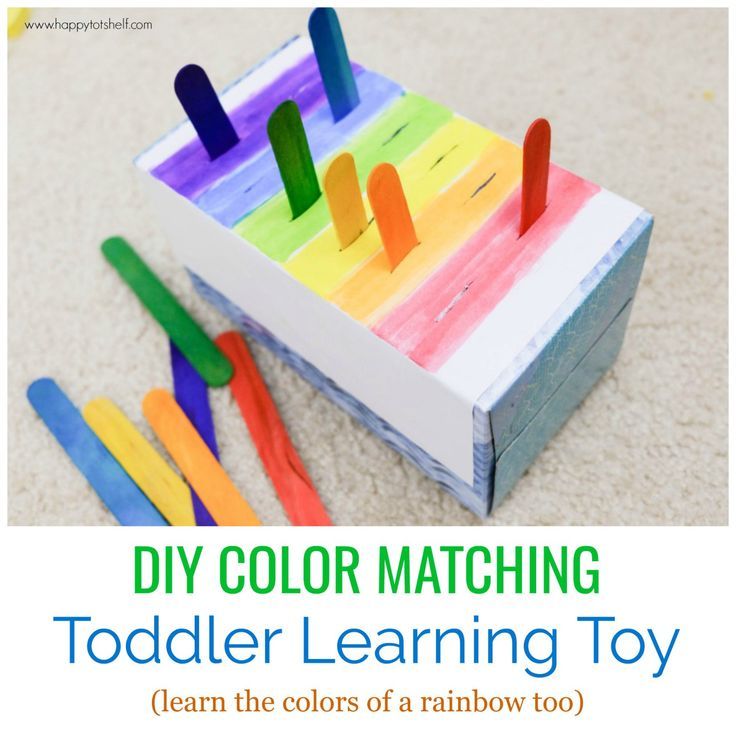 So that the child does not lose interest in the task, connect the plot of the game with his favorite characters, toys (for example, a cat will eat from a yellow bowl, and a baby elephant from a red one, etc.).
So that the child does not lose interest in the task, connect the plot of the game with his favorite characters, toys (for example, a cat will eat from a yellow bowl, and a baby elephant from a red one, etc.).
Match a Pair
Help your child learn colors with the Match a Pair series. Ask your child to find a petal for a bug, a pot for a flower, a roof for a house, etc. You can present the baby with a deliberately wrong option and ask to correct the mistakes.
Pick up a patch
Show the child the picture with the missing details. Ask him to fill in the gaps (this can be done with plasticine, pom-poms, caps, cards, etc.).
Color Lotto
At the age of about one year, children begin to be interested in various lottos. In the color lotto, the task is to collect pictures of the same color on the card.
Colored Sensory Boxes
Create a sensory box for your baby where everything is the same color. During the game, the child will be able not only to remember the color that he sees, but also to develop fine motor skills, tactile sensitivity, thinking, and imagination.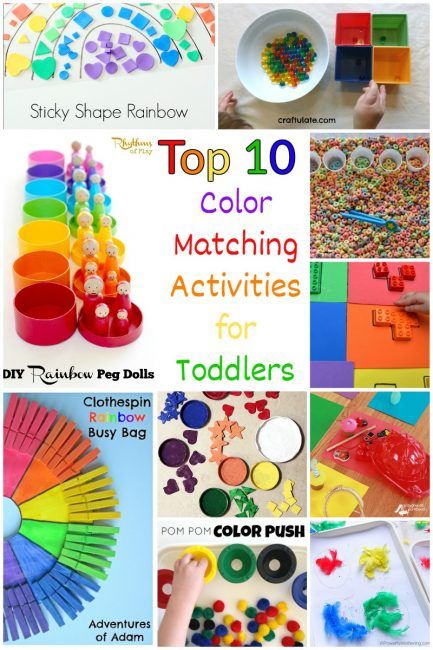
Color days
This is one of the most interesting and popular ways to teach your child to distinguish colors. Its essence is that during the day (or several days) you draw the child's attention to objects of a certain color. For example, on a yellow day, you can dress in yellow clothes, play with yellow toys, draw a yellow chicken. Surrounded by one color, the baby will easily remember it.
Cards for learning colors
You can learn colors with your child using cards. With the help of Doman's "Colors" cards, you can introduce your baby not only to the main colors, but also to different shades. It is important not to overload the child with unnecessary information about the names of 10 shades of green or red. Learn only those shades whose names you can use in the game and life.
Board games for learning colors
Board games are a great way to learn about colors and consolidate knowledge about them. Currently, the stores offer a wide range of similar games for every taste and budget. Choose a game that suits your child.
Choose a game that suits your child.
Educational cartoons
There are many educational cartoons on the Internet that will help your child memorize colors quickly. Here is one of them:
Educational books
If your little one loves to listen to stories and look at pictures, this is the way for you. We all remember the wonderful story of V.G. Suteev "Rooster and paints", by S.Ya. Marshak has a whole “Colorful book”. You can also find many educational books that will become your faithful assistants.
Conclusions
We have listed for you different color learning games. In order for a child to master the concept of color well, it is worth adhering to a number of principles: do not rush the baby, provide a variety of material for games, discuss what you see.
Conclusion
You can start studying colors from a very early age, the main thing is that it is interesting for the child.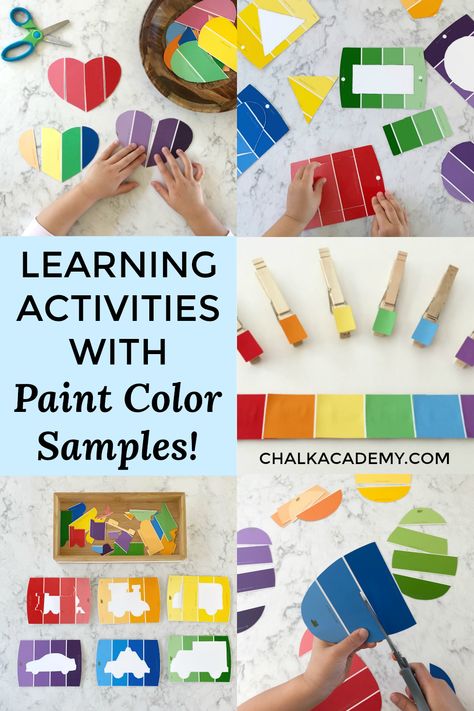 It is impossible to specify clear age limits when a child should learn primary colors. This process, like all development, is individual for each baby. The Sozvezdie Development Center has created a Montessori environment for kids, aimed at the comprehensive development of the child. In the "Together with Mom" classes, children in a playful way get acquainted with the concepts of color, shape and size, do thematic creative work. You can learn from our teachers how to interest a child in an activity and how to properly present him with cognitive information. Develop with us!
It is impossible to specify clear age limits when a child should learn primary colors. This process, like all development, is individual for each baby. The Sozvezdie Development Center has created a Montessori environment for kids, aimed at the comprehensive development of the child. In the "Together with Mom" classes, children in a playful way get acquainted with the concepts of color, shape and size, do thematic creative work. You can learn from our teachers how to interest a child in an activity and how to properly present him with cognitive information. Develop with us!
Prepared by a Montessori teacher
Sokolova Oksana
Learning colors - printable cards
In this material, we have prepared developing cards for your kids, with which you can start learning colors with your child. You can also use these manuals when teaching a child to count, printing several copies of pages at the same time, and while studying the properties and shapes of objects with the baby. You can download the cards for free at the bottom of the page under the introductory material, but how you will conduct classes with your child depends on your desire and the age of the baby.
You can download the cards for free at the bottom of the page under the introductory material, but how you will conduct classes with your child depends on your desire and the age of the baby.
Starting to teach your child, first take 4 cards with primary colors (red, blue, yellow and green), and start learning these colors with your baby until they are fully mastered. In addition to the items we offer in the cards, bring the child in the process of classes, games, while walking and other examples with the colors being studied: this is necessary not only for faster memorization of colors, but also so that the baby does not have an association of a certain color with a specific subject.
It is possible to introduce new colors only when the child has fully mastered the studied material and does not get confused with the names of the primary colors. But here, again, there is no hurry: add one new shade at a time to the classes, while repeating the colors already familiar to him with the baby. Use learning cards, colored pencils, give various examples, show your child clearly how you can get one or another shade when mixing colors, for example: mixing red and yellow, we get orange, blue with white - blue and so on.
Use learning cards, colored pencils, give various examples, show your child clearly how you can get one or another shade when mixing colors, for example: mixing red and yellow, we get orange, blue with white - blue and so on.
We all remember how, at one time, our parents helped us remember the order of the colors of the rainbow by offering to learn a short sentence consisting of seven words: "Every hunter wants to know where the pheasant sits", where each capital letter of the word from the sentence corresponds to the capital letter of a certain color. Try to learn this phrase by heart with your child during the lesson. For example: when collecting a pyramid, you can pronounce a sentence while lining up the colors in the right order so that the baby clearly understands that everyone is red, the hunter is orange, and so on.
If you used all the developing cards while teaching your child, expect new materials to appear on our portal, do not be lazy to also come up with similar tasks yourself, but with different colors and shades.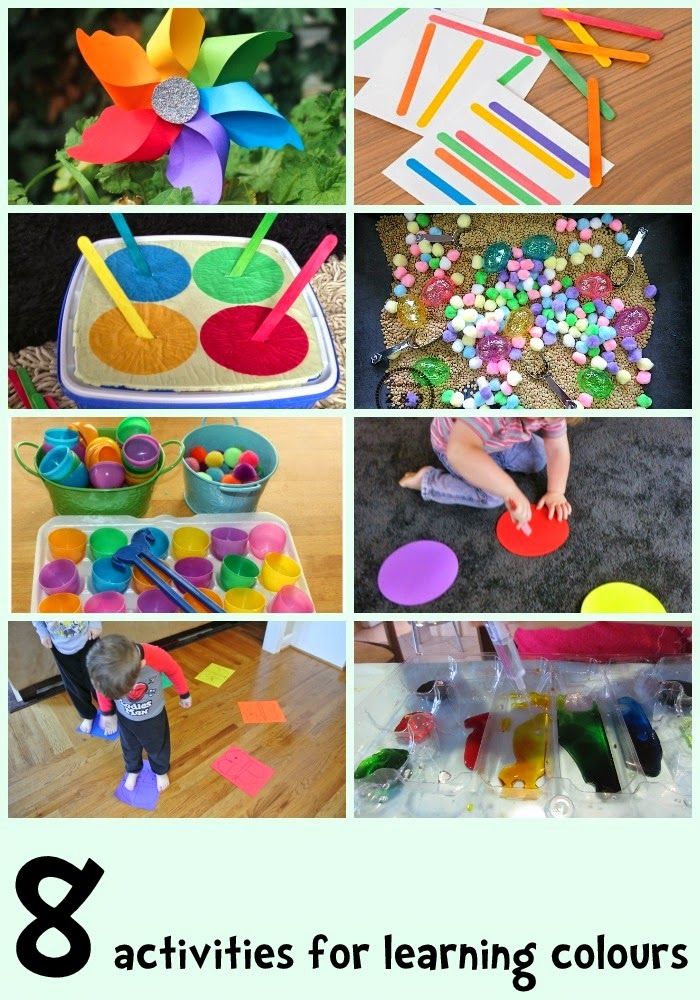 The main thing is to involve the baby in various educational games more often, make the classes useful, fun, exciting and relaxed, and the result will pleasantly please you!
The main thing is to involve the baby in various educational games more often, make the classes useful, fun, exciting and relaxed, and the result will pleasantly please you!
Cards with red color depict: flag, balloon, heart, apple, crayfish and mittens.
Download all cards - Learning colors - you can in the attachments at the bottom of the page
The cards with orange color depict: a pencil, a ball, a leaf, a squirrel, an umbrella and a sofa.
Cards in green depict: tree, ball, bow, armchair, frog and apple.
Cards in yellow show chicken, ball, bananas, cheese, sun and lemon.
Cards with blue color depict: a blot, a balloon, octopuses, threads, a bow and a car.
The blue cards show: a balloon, a T-shirt, a pencil, a chair, a mug and an inkblot.
Cards in purple depict snowflake, balloon, umbrella, stroller, bag and ball.
Also, logical tasks for printing can be very useful for you:
Find the shadow of objects pleasure and impressions.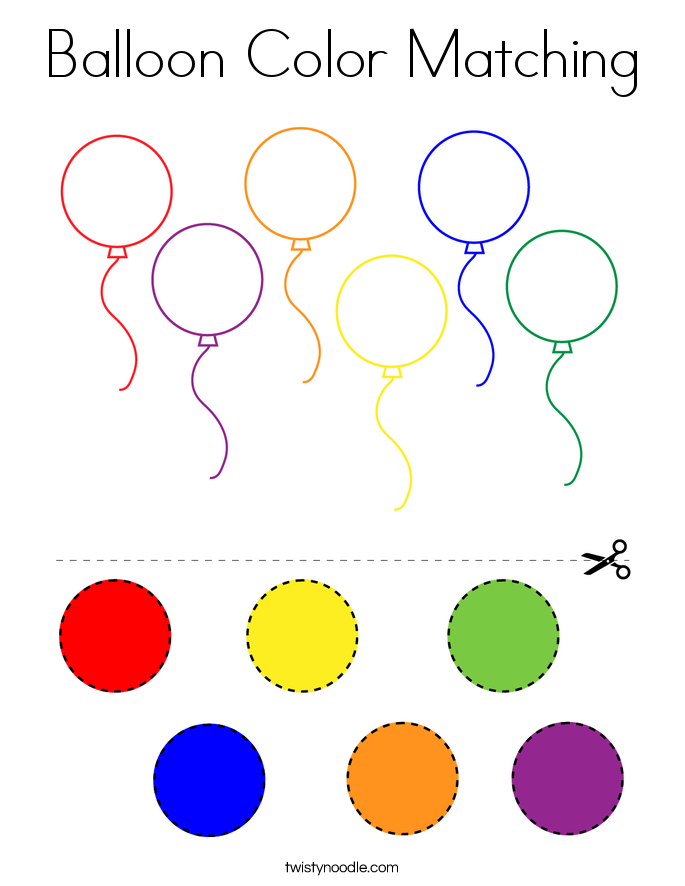
Learn more

